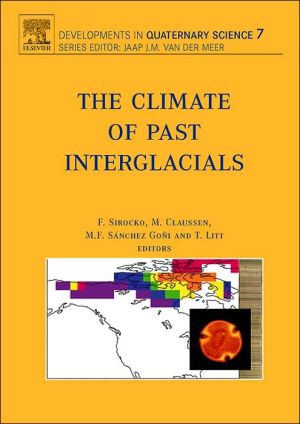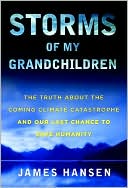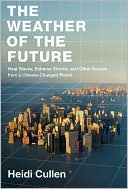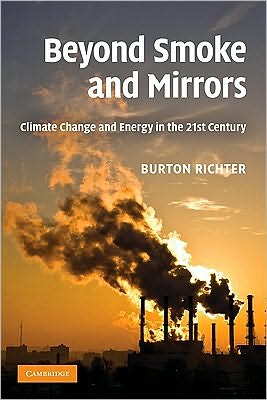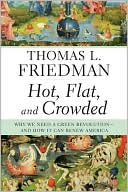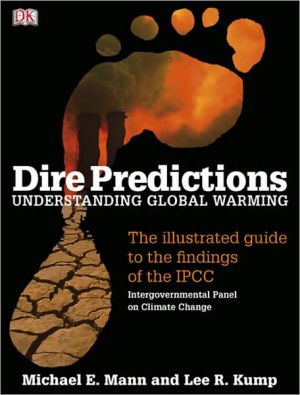The Climate of Past Interglacials, Vol. 7
Historically, climate fluctuations, such as the Little Ice Age, show that interglacial climate chage in not entirely stable, but responds to even subtle changes in radiative forcing. Through research, it has been made clear that even an abrupt change of climate within years is not just a theoretical possibility but has in fact happened in the prehistoric past. It is therefore clear that in principal it could happen again. Human civilaization has exploded under the mild and relatively stable...
Search in google:
The cultural evolution of humans has accelerated considerably during the Holocene interglacial. This explosion of civilization has probably only been possible under the mild and relatively stable climatic conditions that have prevailed for the last 11 000 years. However, these conditions can not be taken for granted. This is one of the rather simple- but unequivocal and important lessons we have learned from the palaeoclimate record. All other interglacials terminated after a few thousands to a few tens of thousands of years. In fact, interglacial states similar to today, with little land ice and largely elevated temperatures at mid-high latitudes, prevailed during no more than 15% of the last half million years. These simple empirics already give clear evidence that interglacials are rather unstable on a 10 000-year timescale. Also on shorter timescales of millennia to decades, late Holocene climate fluctuations such as the Little Ice Age and those associated with the Maunder Minimum are proof that interglacial climate is not entirely stable on a regional scale but responds to even subtle changes in radiative forcing. Moreover, the discovery of the 8.2 kyr cooling event made it clear- that even the worstcase scenario (socio-economically speaking) of an abrupt change of climate within years is not just a theoretical possibility but has in fact happened in the prehistoric past. It is therefore clear that in principal it could happen again, once some perturbation exceeds a critical threshold of the climate system. Given that humans are indeed becoming increasingly effective at perturbing the climate-environment system, learning about its sensitivity, thresholds and feedbacks should be in our best interest. An obvious way to do this is to study climate and environment in a suite of experiments where boundary conditions are similar but not identical to today. Through the quasi-cyclic reoccurrence of interglacials during the late Pleistocene, we have several such experiments at hand. The palaeoclimate community therefore holds an important key to scientific information on climate change that provides a basis for appropriate adaptation and mitigation strategies. The authors of this book have taken up this challenge and summarise their results in this special volume on climates of past interglacials. It presents state-of-the-art science on new reconstructions from all spheres of the Earth System and on their synthesis, on methodological advances, and on the current ability of numerical models to simulate low and high frequency changes of climate, environment, and chemical cycling related to interglacials. The results presented in this book give evidence that all past interglacials witnessed considerable climate variability and that at least the last interglacial ended very abruptly with a final sharp transition into a "glacial world".
Preface (T. Kiefer, C. Kull).Chapter 1. Forcing mechanisms (ed. M. Claussen)Chapter 2. Methods of palaeoclimate reconstruction and dating (ed. Frank Sirocko)Chapter 3 Climate and vegetation in Europe during MIS5 (M.F. Sánchez Goni)Chapter 4. Climate and vegetation history of MIS 5-15 in Europe (Ed. Thomas Litt).Chapter 5. Modelling past interglacial climates (ed. Martin Claussen)Chapter 6. Analysis (F. Sirocko, M,.Claussen, et al.)
